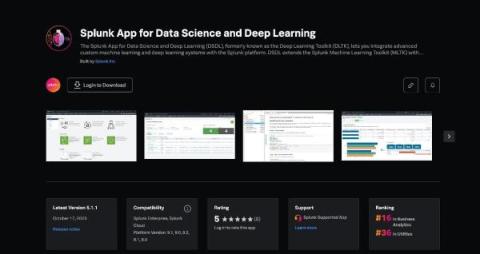What is Multicloud? An Introduction
Simply defined, multicloud (or multi-cloud) describes a computing environment that relies on multiple SaaS or cloud services for different workloads within a single architecture. In a multicloud approach, organizations may use public cloud providers such as Amazon Web Services (AWS) for infrastructure, Microsoft Azure for platform, and Google Cloud Platform for development.








